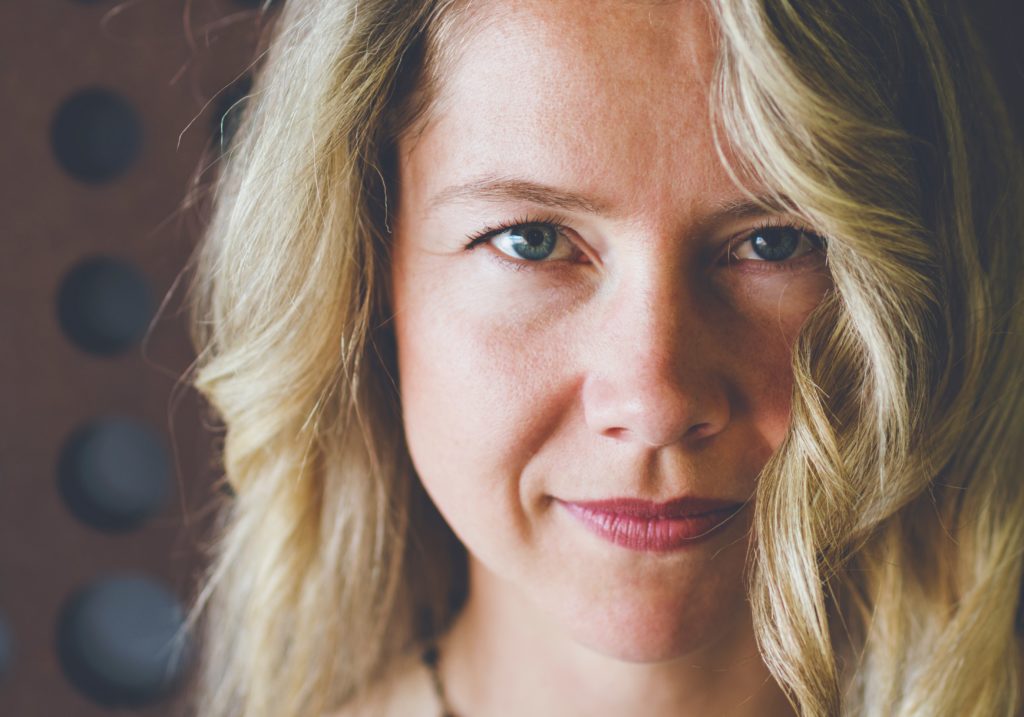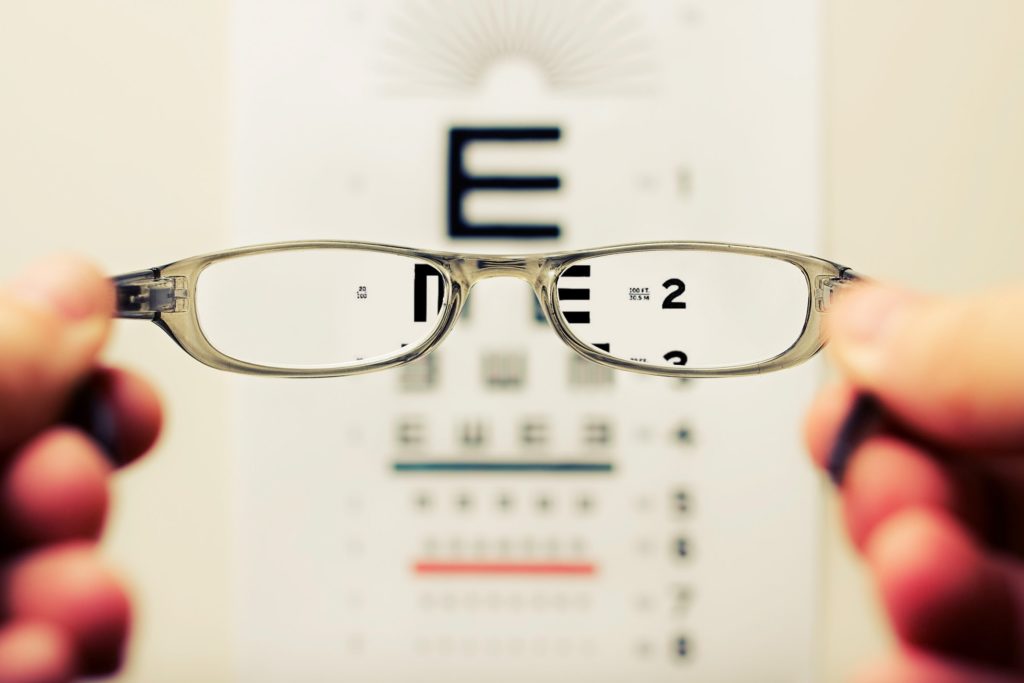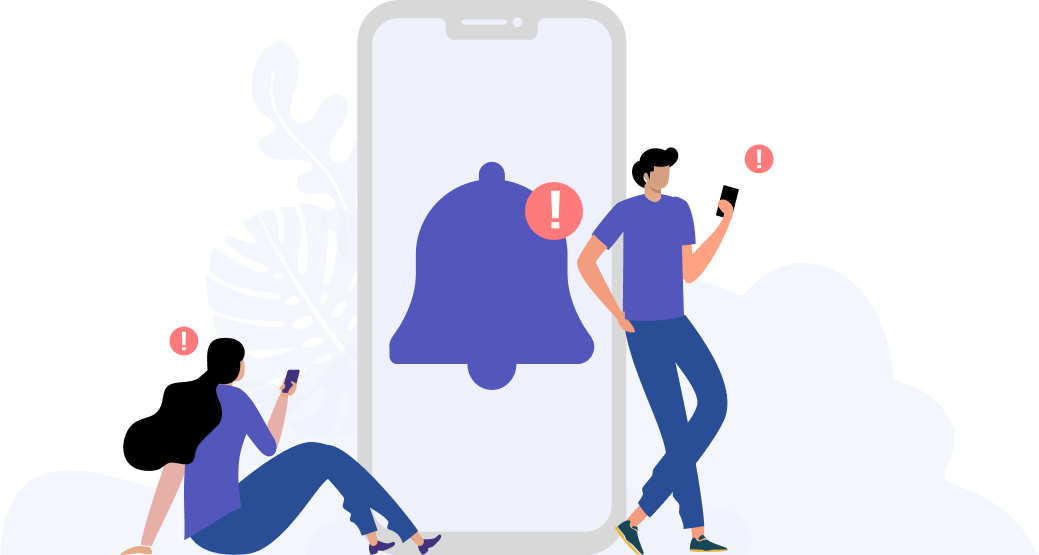Can Eye Checks Help Your Overall Eye Health?

What’s the first thing you see when you look at someone? Likely, their eyes! You might notice the colour of the person’s eyes first, or you might notice his/her eyelashes. But did you know you can find out a lot about someone’s health by looking at his/her eyes?
As the saying goes, the eyes are a window to the soul. And it could not be truer. Superficially, you can already tell a lot about the person’s health by looking at the whites of their eyes – also known as the sclera. If the sclera appears to have a yellowish tint, it could indicate the presence of jaundice. It could also indicate a condition of the liver, pancreas, or gallbladder. Now, that’s just the front of your eyes.
Beyond the sclera, examining the depths of your eyes can uncover even more clues to your health. Just like how you need a good detective to discover well-hidden clues, you need an optometrist to give your eyes a thorough check to reveal any undiscovered vision issues. Yes, that means checking everything in your eye – even the retina!
The need for comprehensive eye checks

What is a comprehensive eye check?
A comprehensive eye check is a thorough eye exam performed by an optometrist. While rigorous, a comprehensive eye check is also thorough – it can identify the presence of glaucoma, cataracts, retinal detachments, macular degeneration, and more.
Attending a comprehensive eye checkup appointment has been made easier with plano Eyecheck. plano Eyecheck is a one-stop booking platform that brings eye checks closer to you at an affordable price. With optometry partners located all over the island such as Nanyang Optical, W Optics, Videre Eyecare and Optic Point, you can book an eye check at a location most convenient to you. You can register an appointment at planoeyecheck.com.
For a limited time only, all appointments made using plano Eyecheck will receive a S$50 voucher to cover the cost of your comprehensive eye check. Simply visit planoeyecheck.com, register for an account, and select your nearest optometry clinic the on-site map to book for an appointment.
Is there a difference between that and the annual eye checks in school?
The annual eye checks administered in schools are more commonly known as a vision screening.
If you require a vision screening, Speedoc provides on-the-call vision assessments. This is done with a Snellen chart and clinical assessments to determine squint or any eyelid abnormalities. On top of vision assessments, Speedoc provides 24/7 professional hospital level of care in the comfort of your home.
A comprehensive eye examination is different from a vision screening. For starters, the duration of a vision screening is relatively shorter than a comprehensive eye check. On the other hand, a comprehensive eye check can take up to half an hour or more to fully examine your vision health and the condition of your eyes. During a comprehensive eye check, your optometrist will, at the very least, go through the following tests:
1. Vision acuity tests

These tests measure the accuracy of your vision. You’ve probably encountered this the most often – you stand in front of an eye chart and read out as many alphabets or numbers that you can identify.
2. Colour vision tests
These tests help you to detect any colour deficiencies and notify your doctor of any possible eye health risks that may have an impact on your vision.
3. Retinoscopy
Your optometrist may perform a retinoscopy to acquire an approximate eyeglass prescription. During a retinoscopy, your optometrist will require you to focus your eyes on a specific target. As your eyes are focused on the target, your optometrist will shine a light into your eye and swap out different lenses in front of your eye to ascertain your lens degree. Based on these results, your optometrist will determine the degree of your prescribed eyeglasses.
4. Cover tests
As the name suggests, these tests require you to cover one of your eyes and use the other eye to focus on a specific object on the other side of the room. This is also repeated with a near object. The cover tests allow your optometrist to determine whether the uncovered eye can focus on the object without moving. If the uncovered eye moves, it could indicate the presence of amblyopia (lazy eye), or strabismus (cross eyed).
How often should you attend a comprehensive eye check?
Just like how we make a trip to the dentist once a year, comprehensive eye checks should be done annually as well. Attending one annually can help diagnose any health problems that may surface or have gone undetected. After all, prevention is better than cure!
This post was done in partnership with Speedoc.
Tools Designed for Healthier Eyes
Explore our specifically designed products and services backed by eye health professionals to help keep your children safe online and their eyes healthy.





